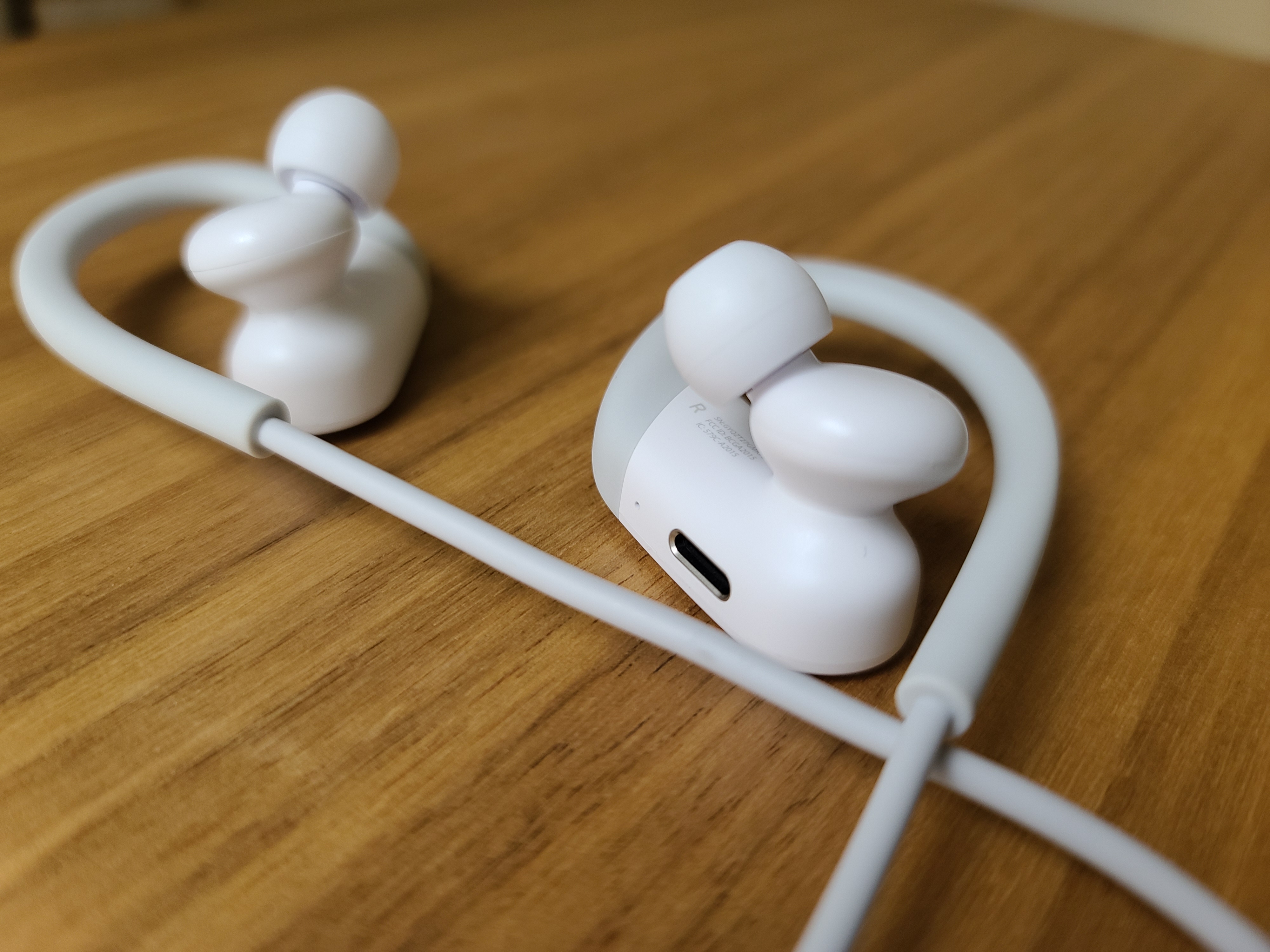It’s looking to be another wild week on Wall Street, with index futures showing hefty drops in the 5% range following the Fed’s announcement over the weekend of an interest rate cut and an expansion of quantitative easing.
Around the world, markets in Europe were down heavily as traders surveyed the full scale of the pandemic — the EuroNext 100 is down nearly 9% for the day, while the London-based FTSE 100 is down about 7%. Meanwhile, resiliency remains in Asian markets, as Korea’s KOSPI, Japan’s Nikkei, and Hong Kong’s Hang Seng indices all showed more mild losses for the start of the trading week.
My colleague Alex Wilhelm and I did a survey of some of the big economic changes from coronavirus mid-last week, but I wanted to take a look at how some of the largest tech companies in the U.S. have held up, the so-called FAANG stocks.
First, I’m going to point out that the red ink seems destined to hit them today: all five of them are looking at one of their worst trading days in recent memory according to the futures markets, with Apple currently down about 12% in per-market trading, far in excess of the 5% decline in the U.S. stock futures markets. Netflix, Amazon, Google, and Facebook are also all down, but in the 8-9% range.
Yet, despite what looks like a rough week ahead, these stocks have all shown a pointed resiliency to the economic and health calamity we have witnessed globally over the past few months.
Stock traders are evaluating a number of factors as they account for the massive changes roiling the markets right now. First, with more time on their hands and limited restaurant options (New York City has banned restaurants from serving food to dine-in diners, for instance), we’d expect a jump in some of these stocks as consumers divert their attentions and wallets to online forms of entertainment and online delivery services like Amazon.
On the other hand, with fears over employment and an economic recession looming, will consumers just close up their wallets entirely and not spend much of anything as they attempt to weather the pandemic? In other words, will advertisers massively cut back in the coming weeks, annihilating the business models of Facebook and Google, which are heavily dependent on ads, and even Amazon, which has a robust ads business.
Investors seem to be having mixed feelings on these factors within the context of each of the large tech conglomerates. Despite what must be increased usage, Facebook is performing among the worst of the set, already down nearly 16% since early December, and poised to drop another 10% today according to market futures. That’s particularly startling given the upcoming US. Presidential election, which is expected to drive hundreds of millions of ad dollars to the site in the coming months.
You might think that Amazon is having the time of its life right now, with a near-monopoly on the delivery markets for many major household goods and the cloud computing infrastructure that powers many of the online services consumers are going to jump on to in the coming weeks. Yet, the markets are not overly richly valuing the stock, as its price is roughly equal to its early December value and it’s also about to decline in heavy trading this morning. In the context of a bear market, flat might be the new “outperform,” but it seems to me that I might have expected a bit more optimism for Amazon’s performance.
Apple of all companies has actually performed quite well considering the supply chain disruptions it has experienced in China and Taiwan, as well as its large consumer market for its iPhones and other devices in Greater China. So far, the stock is actually up about 4% since early December, although it is down significantly from its peak in mid-February. However, the company’s announcement that it is shutting down its Apple Store retail locations across the world (minus China) seems to be giving investors the jitters, as it is about to be demolished in early market trading this morning as I mentioned earlier.
Netflix is the performer you thought it would be though. The company is up about 7% since early December, and looks to decline about the same amount this morning, rendering its price roughly even for the period. Like Amazon, this is a flat-is-the-new-outperform, and the company seems to be a likely destination for bored consumers. Given that Netflix has struggled to grow its domestic audience, the upshot of all of these quarantines and school closures is that these policies might just give the company its last best effort to reach U.S. consumers who otherwise will just continue watching cable TV.
Finally, we reach Google, which despite all the controversies this weekend about Sundar Pichai and the U.S. president, has weathered the markets much better than its similarly-ad-supported peer Facebook. The company is so far only down about 6% in the past few months since the outbreak started, and while it is looking at a pretty negative start to the week on the markets, it is still well-ahead of stock indies in terms of performance.
FAANG is doing well. Part of the reason is scale, not just in terms of the domestic market in the U.S., but also globally, which gives these companies some economic cushion. A slow but well-fought return to normality in Asia can help compensate some of the losses being experienced in Europe and the U.S.
Meanwhile, each of these companies has captured a core human need, whether connecting socially with others like Facebook or delivering key goods like Amazon. That combination of scale and essentiality is proving alluring right now to investors, and expect these stocks to continue their slower than market average decline as they work to resist the downfall in the Western economies.




 treating
treating testing
testing monitoring
monitoring  other aspects of
other aspects of  (@EU_Commission)
(@EU_Commission) 